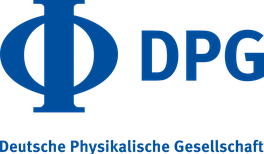
Molecular motors perform rotational and translational movements or undergo conformational changes converting chemical or electrical energy into mechanical energy. Their size can range from large motor proteins to small nanocars or single molecules. While motor proteins are known to transport large intracellular objects, the displacement of a load at the atomic scale by a molecular motor has not been realized so far. Here, we have bound the smallest possible load - a single atom - to a supramolecular motor and, by feeding it with tunneling electrons, we have triggered the motor to move the atom. As a supramolecular motor we use a windmill-shaped supramolecular structure composed of four 4-Acetylbiphenyl molecules which self-assemble on a Au(111) surface. We controllably load the supramolecular motor with single Au adatoms and, by applying voltage pulses with the tip of a STM, we induce the rotation or translation of the motor, thus performing a minute work at the atomic scale, which is enough for the supramolecular motor to move the load.

Molecular motors perform rotational and translational movements or undergo conformational changes converting chemical or electrical energy into mechanical energy. Their size can range from large motor proteins to small nanocars or single molecules. While motor proteins are known to transport large intracellular objects, the displacement of a load at the atomic scale by a molecular motor has not been realized so far. Here, we have bound the smallest possible load - a single atom - to a supramolecular motor and, by feeding it with tunneling electrons, we have triggered the motor to move the atom. As a supramolecular motor we use a windmill-shaped supramolecular structure composed of four 4-Acetylbiphenyl molecules which self-assemble on a Au(111) surface. We controllably load the supramolecular motor with single Au adatoms and, by applying voltage pulses with the tip of a STM, we induce the rotation or translation of the motor, thus performing a minute work at the atomic scale, which is enough for the supramolecular motor to move the load.